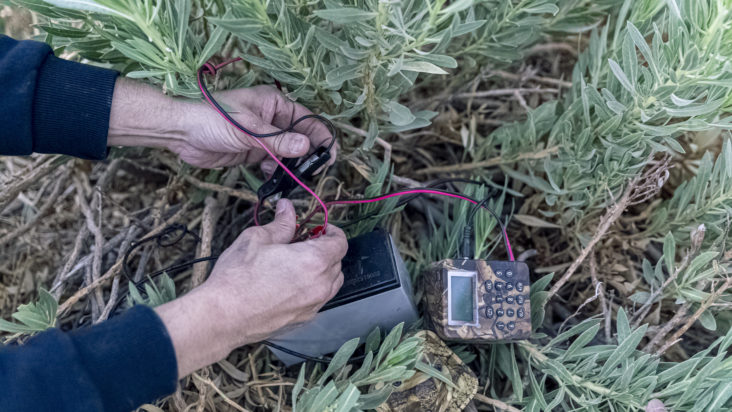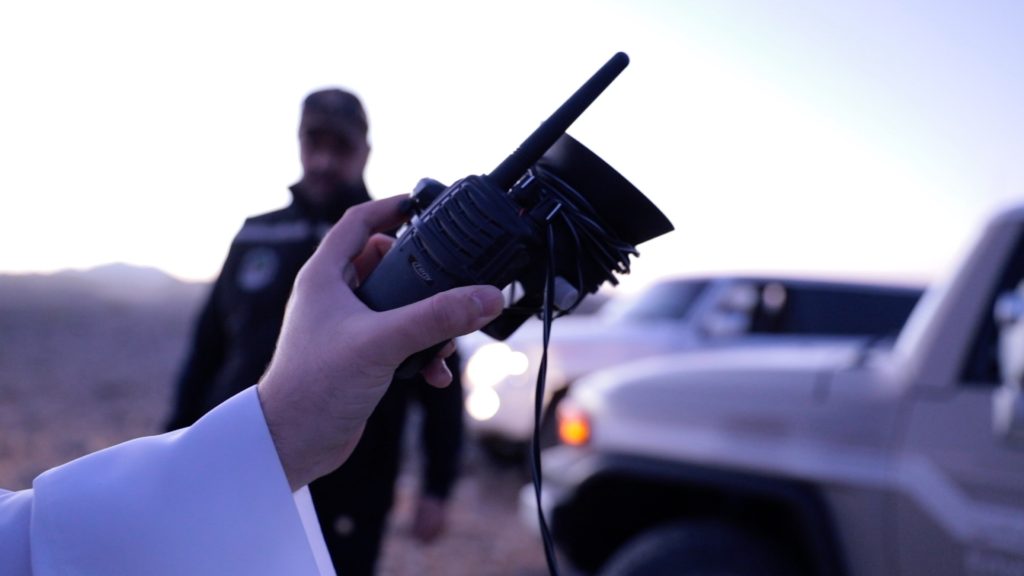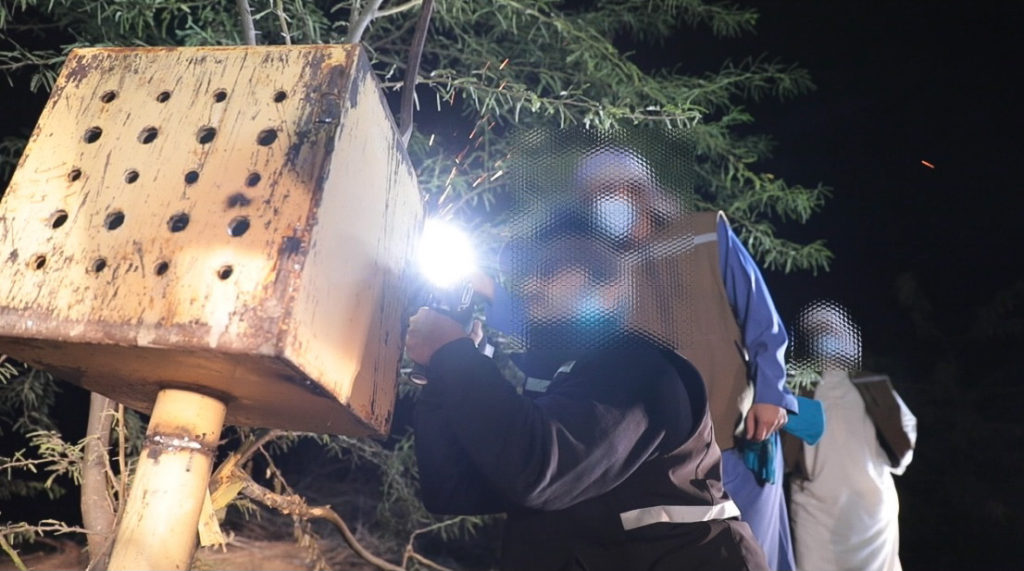The Environment And Protected Areas Authority Continues Its Work In Seizing And Confiscating Birds Sounds Devices

The teams of the External Inspection Section at the Environment and Protected Areas Authority have achieved remarkable successes in controlling and confiscating birds’ sounds devices. They have continued their work and tasks assigned to them with remarkable success, given the various challenges and risks associated with these missions.
Her Excellency Hana Saif Al Suwaidi, Chairperson of the Environment and Protected Areas Authority, said: “The External Inspection Department teams face many challenges and risks during the seizure and confiscation of birds’ sounds devices during the migration season, but they are working to address them efficiently and competently.”
She pointed out that the migration season for this year began last October, and continued until the first half of November, with all land areas, and gravel areas, in addition to mountainous areas covered. As HE Hana Saif Al Suwaidi, Chairperson of the Environment and Protected Areas Authority issued a prepared plan, procedures and instructions to ensure that all the vital areas in which the devices are placed and confiscated are covered to reduce this phenomenon.
Challenges
Among the most prominent challenges facing the External Inspection Section is the “fog and rain” weather, which hinders movement due to poor visibility. The terrain of the wilderness areas, “sand dunes”, as well as mountain roads and rugged roads, as this often leads to tire bursting due to stones, slips and vehicle deviation from its route. In addition to air, dust and low visibility, as inspectors cannot check the locations of the devices, cold weather impacts the operation as temperatures range from (13) degrees Celsius, and sometimes reach (10) degrees Celsius or less.
Risks
Several dangers are facing the inspection and follow-up teams, among which one can refer to placing bird noises on the tops of Ghaf and Samar trees. Inspectors are forced to climb over trees to confiscate the devices. Some devices are placed under some plants that they gather under them poisonous snakes and harmful insects which can be a hazard. Also, some of these plants are thorny, often with nails placed near the devices to impede the movement of inspectors and cause injury.
Often, locking traps are placed next to the device, that lock on to the inspector’s hand while they attempt to confiscate the device. Devices are also located in boxes and cages and locked tightly to prevent inspectors from confiscating them. Putting the devices in the Wadisedges so that the inspectors are exposed to the risk of falling, and also the devices are placed and tied with barbed wire so that it is difficult for the inspectors to confiscate them, as well as tracking work vehicles “inspection team” and trying to damage them.
Despite these risks and challenges in the field, inspection teams continue to work in controlling and confiscating birds’ sounds devices, whatever the challenges and risks they face while performing the tasks assigned to them. They cooperate and work in the spirit of one team, and insist on implementing the decisions of the Executive Council and limiting this increasing phenomenon. The number of confiscations of devices for the entry season for October last year reached (1869), while the number of confiscations of devices for the entry season for October last year was (768).
The competent authority teams implement various inspections, including daily monitoring and periodic follow-up. This ensures the implementation of Executive Council decisions regarding preventing environmental degradation in wilderness areas, preserving wildlife, preventing distortion of wild and mountainous areas, preventing the use of wild birds’ sounds devices, and ensuring controls and applies Federal Law No. (11) of 2002 regarding the regulation and control of international trade in endangered animals and plants, and Federal Law (22) of 2016 regulating the possession of dangerous and predatory animals.





